Introduction of Hanoi
Like going to Italy and excluding Rome, going to France without passing Paris, Hanoi is an indispensable place once you go to Vietnam. As the country's capital, Hanoi is an important economic and cultural heart of the country.
Geological location
Hanoi is located in the Red River Delta, the cradle of history and culture in northern Vietnam that has the border with Thai Nguyen province in the north, Hoa Binh province in the south, Bac Ninh and Hung Yen provinces in the east, and Vinh Phuc province in the west. After being expanded in 2008, Hanoi is among the top 17 largest capital cities in the world with a surface area of 3,324.92 square kilometres.
History
In 1010, King Ly Thai To moved the capital from Hoa Lu in Ninh Binh Province to Dai La, then named this capital as Thang Long, which meant "the rising dragon." From the 11th to the early 19th century, Thang Long always remained the country's most important cultural and political centre during the Ly - Tran - Le monarchical dynasties. In the 19th century, the Nguyen dynasty changed the capital from Thang Long to Hue. In 1831, there was a major administrative reform and since then, the land has a new name - Hanoi Province, from the fact that it is surrounded by rivers ("Ha" means river while "Noi" means in). Although it was no longer the capital city, Hanoi still represented a very important place in the country. On September 2, 1945, in Ba Dinh Square, President Ho Chi Minh read the Declaration of Independence, affirming the birth of the Democratic Republic of Vietnam, and Hanoi was the country's capital.
Some updated information in 2022
Area: 3,324.92 km²
Population: about 8.4 million
Central districts: Hoan Kiem, Ba Dinh, Dong Da, Hai Ba Trung
GRDP: 50.99 billion USD
GRDP per capita: 6.093 USD
Zip code: 10000 - 14000
Licence plate: 29,30,31,32,33,40
Website: hanoi.gov.vn
UNESCO World Heritage List
Thang Long imperial citadel - world cultural heritage site
Stele of doctorates at the Temple of Literature - Intangible heritage site
Typical game "Tug of War" - Intangible cultural heritage
Ca Tru - elegant song of Thang Long - Intangible cultural heritage
Santo Giong festival - Intangible cultural heritage
Worship belief of Mother Goddesses - Intangible cultural heritage
Things to look forward to in Hanoi
Mild climate: Four seasons with its own distinct beauty
Hanoi has the typical climate of northern Vietnam to have common characteristics of a tropical monsoon climate. Each season in Hanoi is beautiful in its own way with different characters. Spring in Hanoi is full of the colours of flowers and young shoots. Drizzle showers are typical at this time that promote the growth of trees after the long cold of winter. The temperature varies quite a lot, the lowest being 9 to 14 degrees while the highest is only 19 to 20 degrees. In the summer there are some days with storm and muggy heat but Hanoi is brilliant in the sunshine Autumn in Hanoi is the inspiration of many authors with countless works from poetry to photography that are extremely rich and unique. Autumn in Hanoi is always dry with cool weather. Winter days in Hanoi would be very cold with the northern winds making a slower pace of the city. It is the time of festivals so the colours of festivals will brighten the grey colour of winter.
Richness of history
Hanoi is one of the oldest cities in the world. Over the centuries, this place has been influenced by many European and Asian cultures. You don't feel too much of a contrariety between them though, but a nice cultural mixture. Arriving in Hanoi, visitors can also feel the wonderful intersection of Hanoi's past and present.
Peculiar architecture
The houses and buildings have mixed architecture between Western and Eastern. In old district, you can feel an old Hanoi like an old man, the houses are narrow, high, with tile roof, in French district, Hanoi is like a kind man with the colonial buildings: Theater, Central Post Office, Metropole hotel, Hoa Lo Prisoners and many villas. In districts farther from the centre like My Dinh, Cau Giay, Tay Ho, Hanoi is like a modern young man with skyscrapers, lots of modern apartments.
The richness of religions makes Hanoi with distinctive architecture. You can meet many religions here: Christianity, Buddhism, Islam, Caodaism, Taoism, Confucianism--and they will influence each other for a nice mix.
Quintessential cuisine
For a long time, Hanoi has been known for very rich cuisine. Everywhere, visitors can find little restaurants on the street, the stalls with the very good foods, colourful tropical fruits in the small markets. It is hard to distinguish which is the best dish in Hanoi among Pho, spring rolls, various kinds of bun soup- rice vermicelli, Banh Cuon- steam cake, banh goi- pillow-shaped cake, banh tom,.. In Hanoi, visitors can also find cafe trung- egg cafe, cafe with coconut milk, black cafe, cafe with green beans,.... Highly recommend it!!!!
Lots of experiences to discover
You can spend a week instead of a month to visit all of Hanoi. Even living in Hanoi for a longer time will leave your heart for friendliness of people, daily life...
You can spend an afternoon cycling at the West Lake or admire the local life on the rickshaw. You can also participate in classes of artisan work or immerse yourself in religious spaces. Hanoi offers you so many things to experience and make you fall in love with this land.
Nightlife
Hanoi is like an old man in the early morning and like a young man in his 20s in the evening. The evening in the area like Dong Xuan, Ta Hien is very lively, which feels like we are in Saigon (Ho Chi Minh's city). Night markets, street food stalls, spa and wellness centres or bars there are many. Especially on weekends, around the pedestrian zone at the Lake of the Returned Sword, events are organised very often.
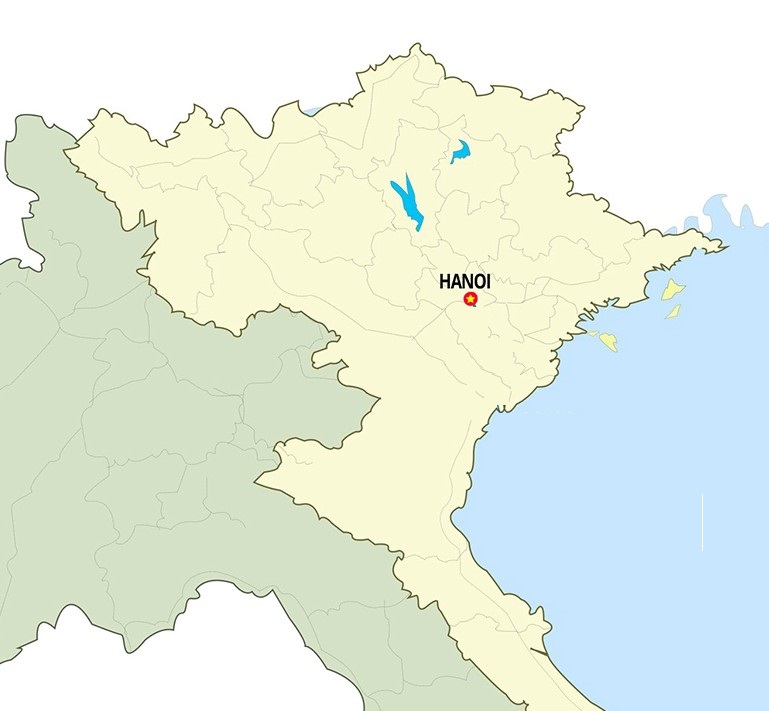
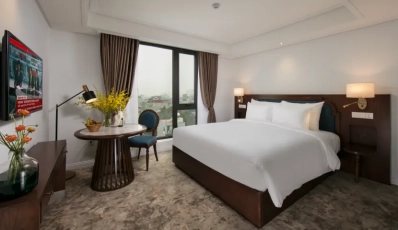


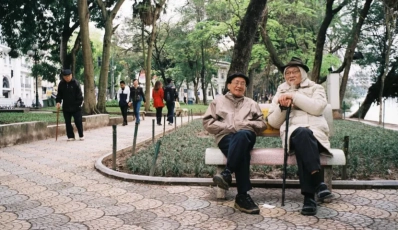
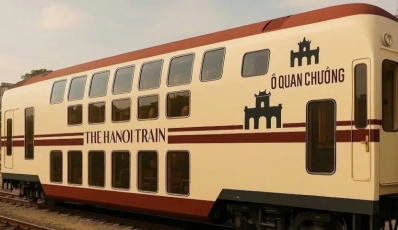

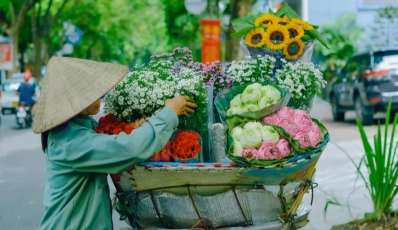
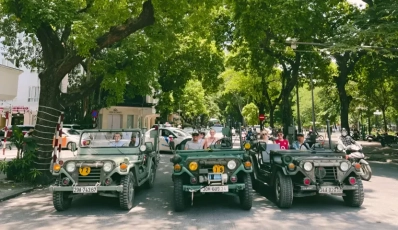



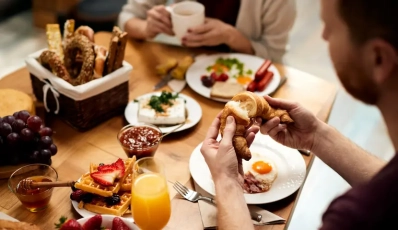
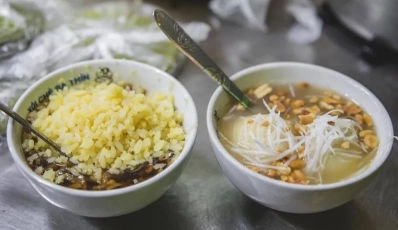
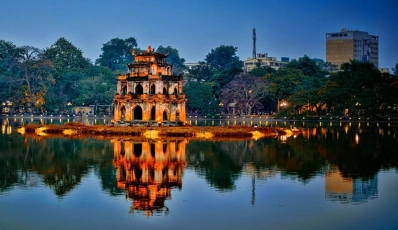
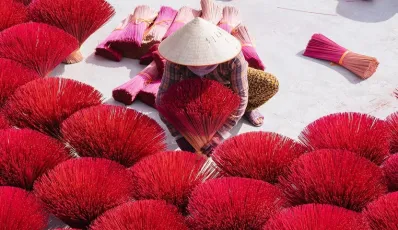
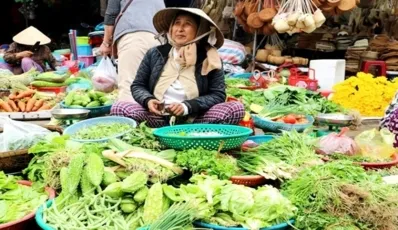
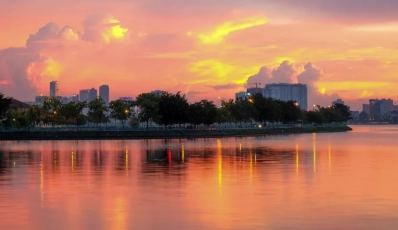
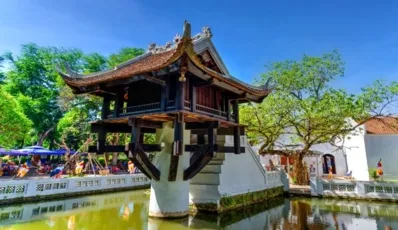
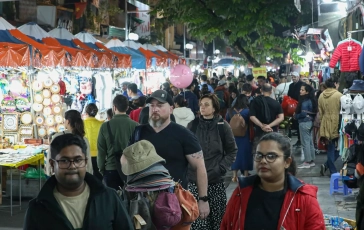

 ELECCIÓN DE LOS VIAJEROS 2026
ELECCIÓN DE LOS VIAJEROS 2026 


